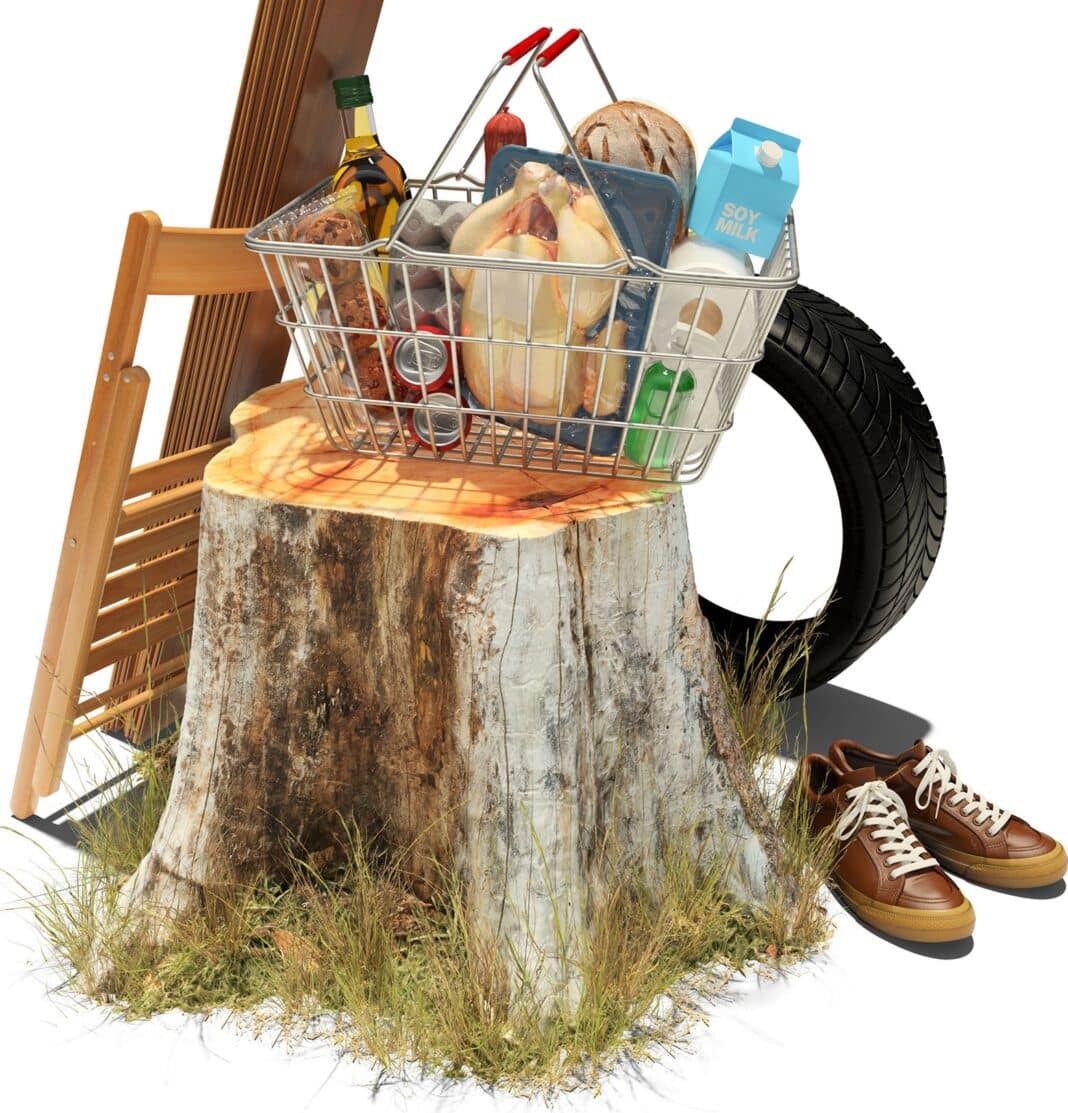A database of chemically fingerprinted trees could be vital in eliminating conflict timber and deforestation from the world’s supply chains—including the flow of Russian and Belarussian wood, which continues to circumvent sanctions and flood the EU with unidentified timber.
That is according to the Washington-based World Forest ID, which now works with retail giants and global governments, including Australia, to stamp out conflict and illegal timber from entering supply chains.
Last year, Wood Central reported that World Forest ID was working with Australian-based universities to assist Australia’s neighbours across the Asia-Pacific region, including PNG and the Solomon Islands, which operate significant trade with Chinese manufacturers.
“We will also work closely with our Asia-Pacific neighbours to cover trees that are often the target of illegal logging and better protect forests in our region, in a true win-win scenario,” according to Australia’s Agriculture and Forestry Minister Murray Watt, who last year invested $1.2 million to kick start the programme in the region. “WFID is a centralised, global and openly accessible database that can be used for timber testing and identifying species and origins of timber products.”
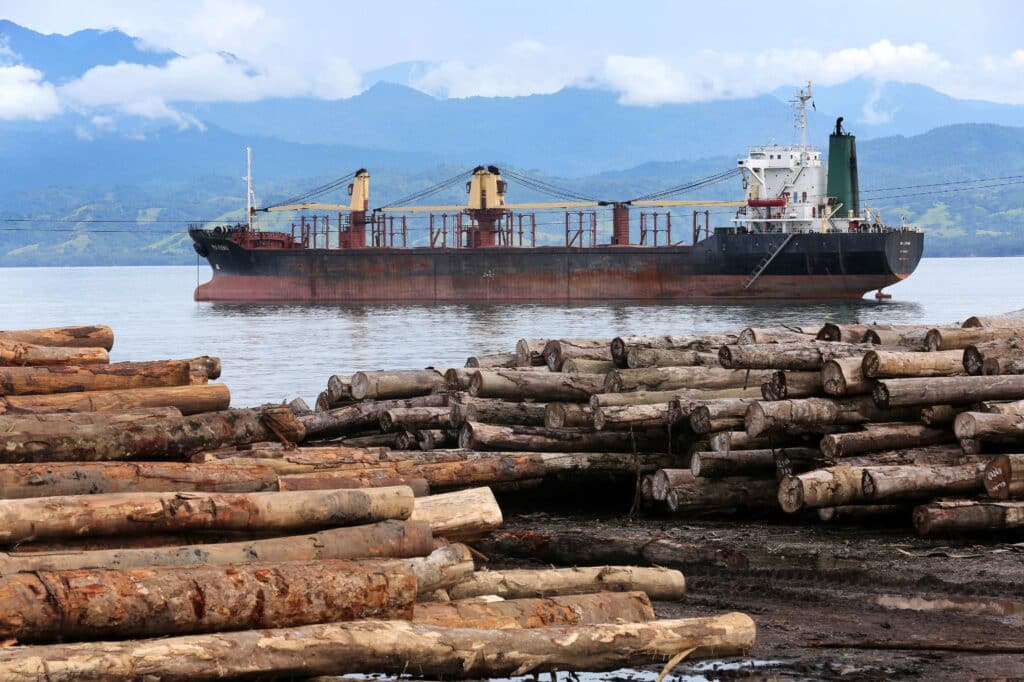
Cracking the code: Tracing Europe’s trade in Russian wood.
But it’s not just the Asia Pacific – home to a booming trade in tropical plywood – with the World Forest ID also setting its sights on sanctions the European Union placed on Russian and Belarusian timber following the invasion of Ukraine.
As reported in the Wall Street Journal, a crack team of scientists has analysed thousands of tree wood samples and layered them in advanced statistical models and artificial intelligence. The result is a database that allows customs officials and corporate auditors to verify the origin of timber with a simple, lab-based test.
While work on the database is ongoing, IKEA is already using the technology to vet suppliers for sanctioned timber after the war forced the furniture giant into a total revamp of its supply chain. And the stakes couldn’t be higher with IKEA—responsible for 11% of all furniture sold worldwide—the world’s third-largest consumer of timber by volume.
In 2023, the giant used 14 million cubic metres of timber in its retail products—about 1% of global lumber production, with 70% coming from the European Union – 50% from countries close to Russian borders – including Poland (32%), Lithuania (10%) and Sweden (10%).
Meanwhile, Belgian authorities have also tapped into the technology to seize more than 280 tons of illegally shipped Russian timber. Using a forensic laboratory at the Royal Museum for Central Africa in Tervuren, inspectors determined that several wood shipments from Russia had arrived in Belgium.
“Determining the country of origin of a specific batch of wood is not easy,” ministry spokesperson Annelies Wynant said in March, “It’s the first time we’ve identified a source in this way.”
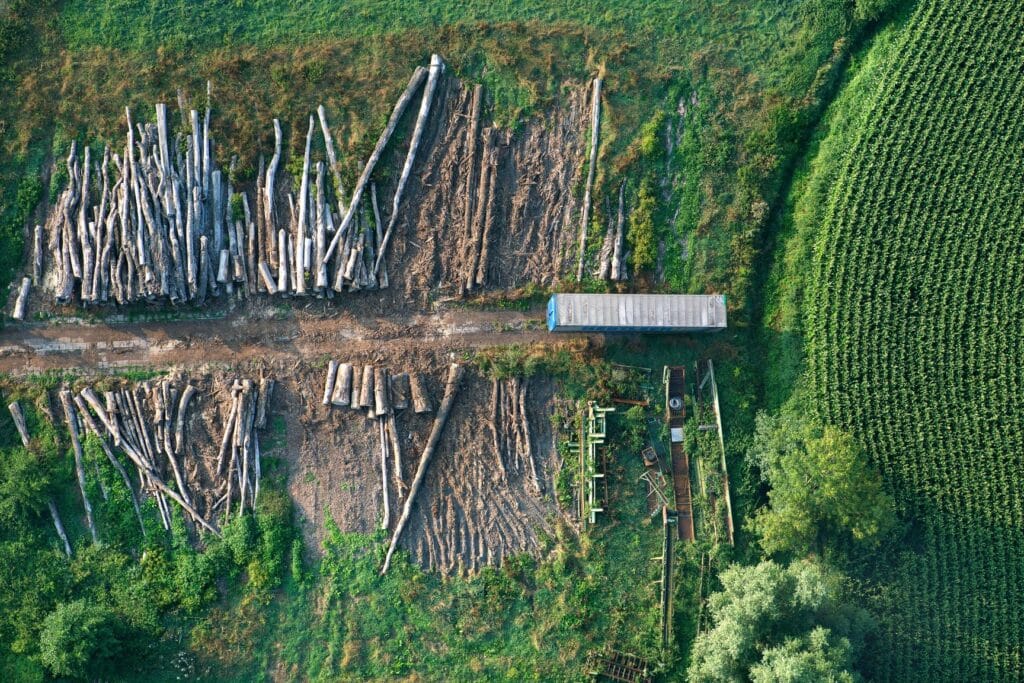
For IKEA, it took only a year of testing to realise the value of World Forest ID’s work, said Mikhail Tarasov, the company’s head of forestry. “We are today at a stage of fully integrating this as part of our due diligence system,” he told the Wall Street Journal.
The Origins of World Forest ID: One-Stop-Shop for Timber Tracing
World Forest ID launched in 2021 to stop deforestation by creating a more reliable, scientific approach to tracing timber origin. After Russia invaded Ukraine, the organisation saw an opportunity to test its methods as part of efforts to prevent sanctioned timber from entering the EU.
Enforcing sanctions on Russian and Belarusian timber has posed a significant challenge for authorities. Russia and Belarus—once responsible for 12% of all timber entering the European supply chains—now use a “gang of eight” friendly countries, including China, Kazakhstan, Uzbekistan, Iran, Kyrgyzstan, the United Arab Emirates, Azerbaijan, and Tajikistan, to trade timber into the West.
To stop illegal timber, customs agents and corporate auditors look for inconsistencies or red flags in paper trails created as timber travels from forest to factory floor. Many companies use private forest certification – including PEFC and FSC – where independent certification bodies conduct on-site visits of suppliers. However, these visits are costly and can only be done on a small percentage of the supply chain.
“It’s really hard to check after the wood has left the forest where it came from,” according to Laura Boeschoten, a Columbia University researcher who studied the timber-origin verification method.
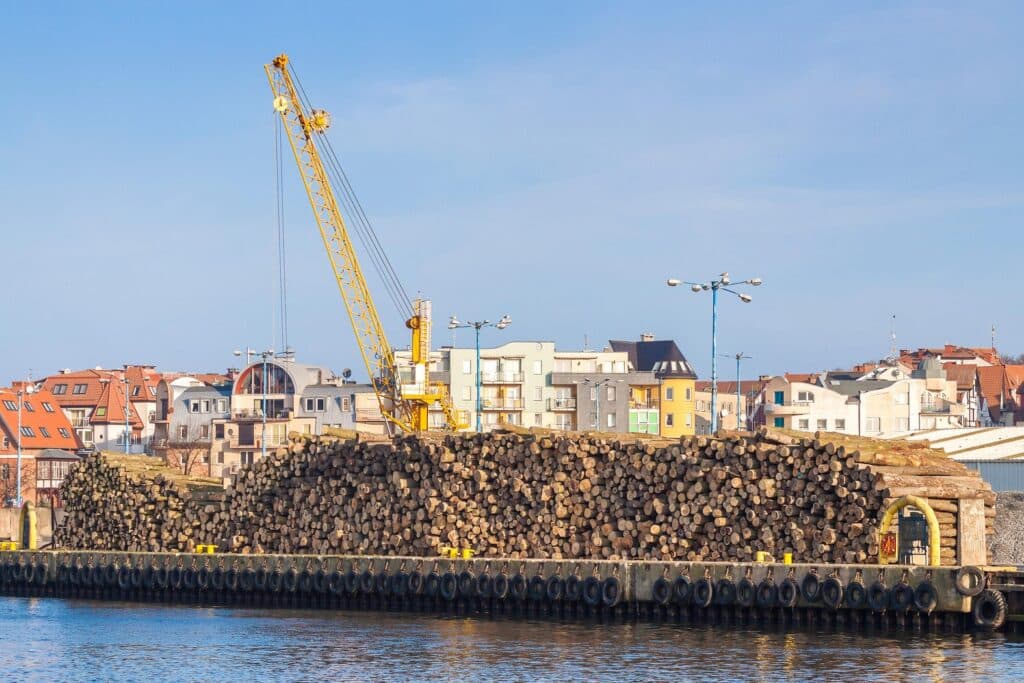
That’s because Russian and Belarussian traders and intermediaries use complex supply chains to evade sanctions by using third-party ports to “clean” timber, with the German-based DW publication reporting that more than 120 million tons of wood entered European supply chains without an official certificate of origin certificate in 2022 alone.
Companies are supposed to take steps to ensure supply chains remain free of sanctioned timber. For IKEA, that was an enormous task, according to Mr Tarasov. Before the war, the company sourced around 16% of the wood it used for its products from Russia and Belarus.
A wartime project
Although commercial labs have offered forensic testing for timber years, sampling and testing protocols are often inconsistent, with data treatment rudimentary, according to Victor Deklerck, World Forest ID’s Head of Science, who spoke to the Wall Street Journal overnight, adding that a more sophisticated approach was needed to tackle the problem.
It started with rigorous sampling. Samples across Europe were collected by extracting 10-millimeter-diameter cores of wood tissue. Following Putin’s invasion of Ukraine, it focused on species commonly exported from Russia, namely birch, pine, and oak.
World Forest ID currently uses two tests to identify the chemical composition of wood samples. One measures the ratios of stable isotopes, which vary based on factors such as rainfall or temperature. The other test measures trace elements such as magnesium and copper, which vary based on the soils in which trees grow.
The group interpolates results spatially using advanced statistical methods and machine learning. Those innovations in traditional forensic testing methods allow World Forest ID to predict the chemical signatures of trees harvested in areas where the group didn’t take samples.
The results so far are impressive, according to Ms Boeschoten, who peer-reviewed a paper Deklerck and his team published in the journal Nature Plants in March. “It was really cool to see what they are already able to do on a small scale,” she said.
According to the paper, World Forest ID’s model identified false origin claims in 40% to 60% of cases. Meanwhile, Ms Deklerck said the test was designed to be conservative to minimise the chance of incorrectly identifying shipments as illegal.
Already, Belgium’s federal health and food safety agency, which oversees timber regulations, has used the reference data to back up forensic tests of timber shipped into the country, according to Annelies Wynant, a spokesperson for the agency.
Scaling up ahead of EUDR
Starting next year, companies will be under intense pressure to crack down on commodities – including timber – tied to environmental degradation and human rights violations.
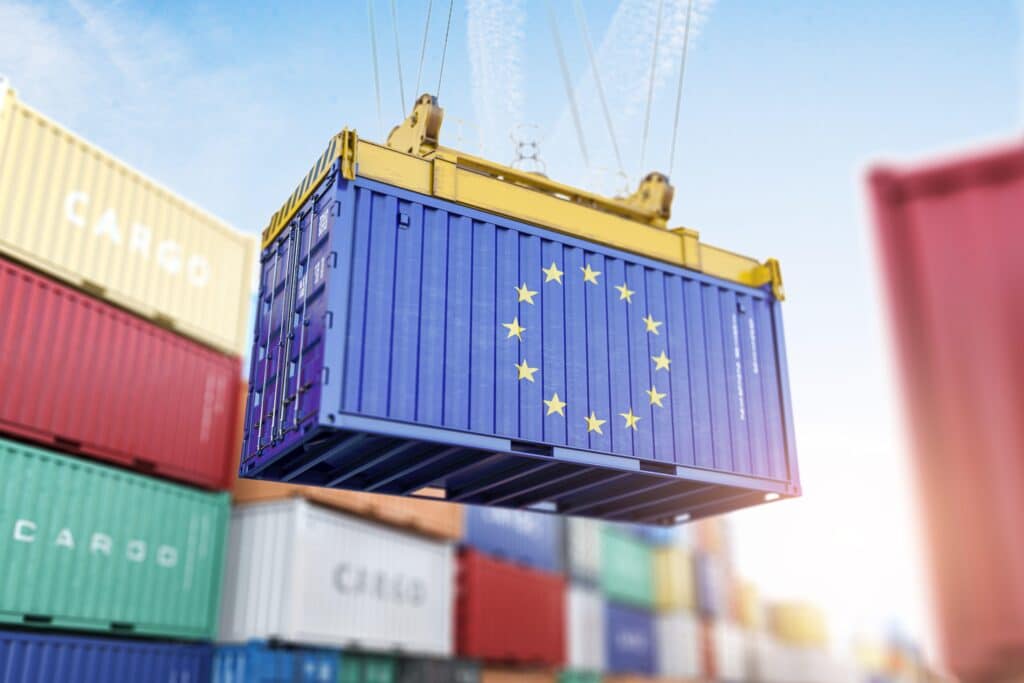
As part of the European Union Deforestation Regulation, or the EUDR, companies must perform additional due diligence on timber and other commodities that contribute to deforestation. World Forest ID has already started collecting samples of two different commodities, soy and cacao.
Forensic testing could transform how companies comply with the new regulations and how governments enforce the measures. Unlocking those capabilities won’t be easy, however. Expanding World Forest ID’s approach could potentially require thousands of samples of organic commodities worldwide.
“It’s still nascent,” said Marc Jessel, chief system integrity officer for the Forest Stewardship Council, certifying sustainably harvested wood. Mr Jessel said his organisation has joined World Forest ID to test wood species from Gabon but has yet to make such testing a regular part of its supply-chain audits.
“We still don’t have a globally valid database of all sorts of isotope profiles of all the different species across the world, and it’s going to take a while to get there,” he said. But Mr Jessel said World Forest ID could be the first to produce such a database, adding, “We believe the approach they stand for is the way to go.”



